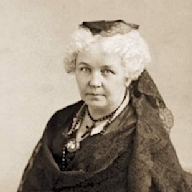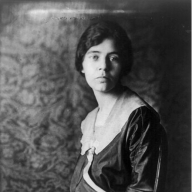Search results
Dec 30, 2009 · Women’s History Month is a celebration of women’s contributions to history, culture and society and has been observed annually in the month of March in the United States since 1987. Women’s History...
Women's History Month is an annual observance to highlight the contributions of women to events in history and contemporary society.
Explore women's history in national parks and in places in communities across the country to discover women of all cultures providing healing and hope. Learn how women continue to lead in these roles in stewardship and conservation of America's natural and cultural treasures today.
Since 1995, each president has issued an annual proclamations designating the month of March as “Women’s History Month.” The National Women’s History Alliance selects and publishes the yearly theme. The theme for Women's History Month in 2021 captures the spirit of these challenging times.
Each March, Americans celebrate National Women’s History Month: a chance to recognize women’s varied, and often under-recognized, accomplishments throughout history. It is celebrated with television specials, political speeches, classroom learning initiatives, and (more recently) social media posts intended to honour the special women in ...
March is Women's History Month – commemorating and encouraging the study, observance and celebration of the vital role of women in American history.
National Women’s History Month is an honorary observance in the month of March in the United States, as designated in 1987 by the U.S. Congress, in recognition of the many accomplishments of women throughout history.
Mar 1, 2022 · The U.S. has celebrated Women’s History Month every March since the 1980s. Here’s a look at how it began—and the obstacles its founders faced along the way. Women’s history becomes an...
Learn about women's history including women's suffrage and famous women including Catherine the Great, Eleanor of Aquitaine, Queen Elizabeth I, Susan B. Anthony and Queen Elizabeth II.
The objective of this lesson is to help students thinking critically about public history and the decision-making that goes into designing and advocating for public memorials to commemorate women in American history.





